ENGLAND: THE LAST HURRAH
DAFYDD JONES

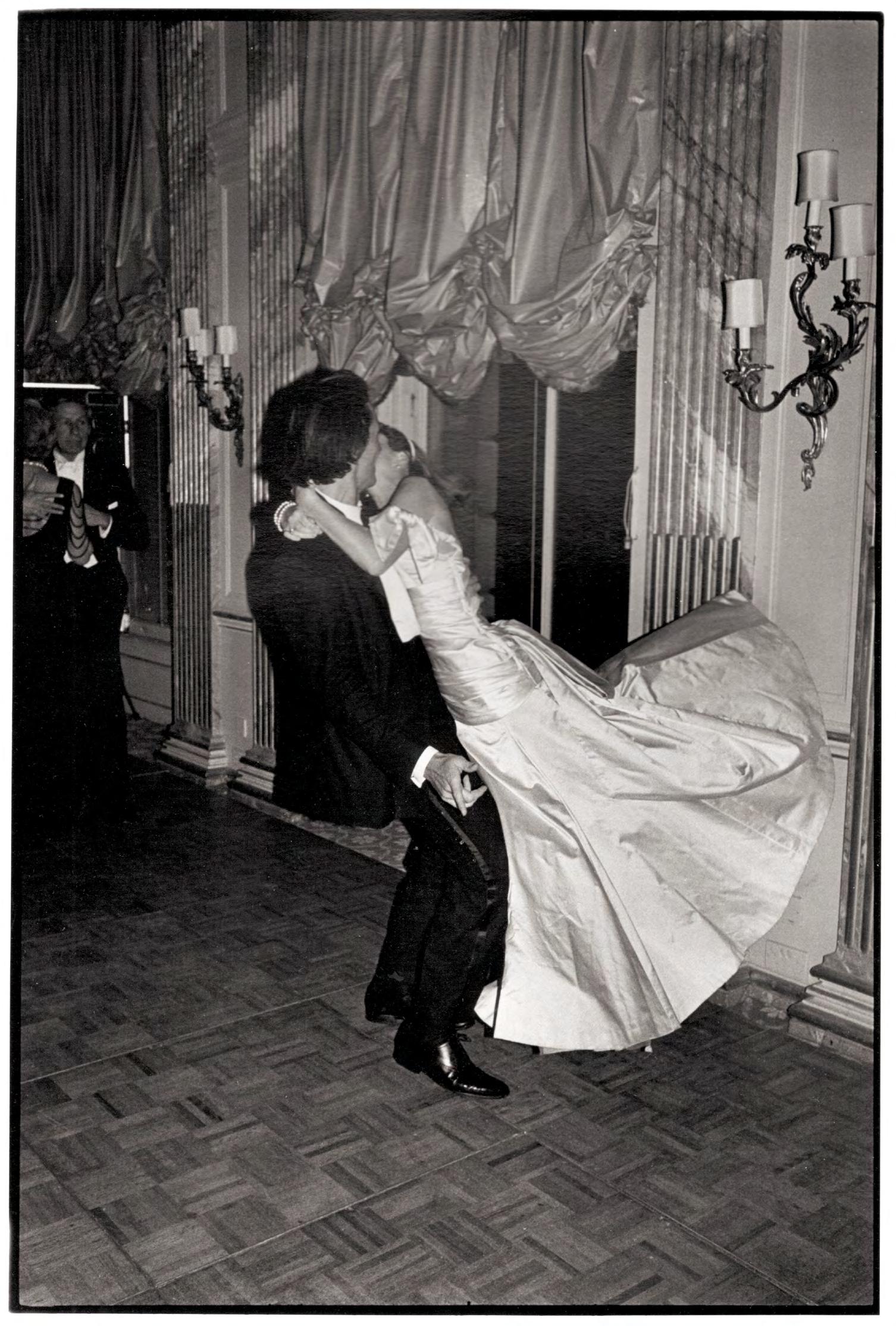
‘Can you come and show us your work?’ It was 1981 and Tina Brown was calling. She’d heard about my Oxford pictures and wanted to meet. I visited Tatler’s buzzing Mayfair office. They were doing a story on the media pack following the young Lady Diana Spencer (the royal paparazzi). My first assignment was photographing them photographing her. I spent a day at Sandown Park Racecourse. Prince Charles was racing (he fell off his horse). It was impossible not to feel sympathy for Diana. Besides the scrambling photographers, the crowding racegoers were all staring curiously at her. Next, Tina gave me a London ball to cover. She called me in again and offered a contract if I moved to London. They wanted to pay me to photograph a world I wanted to photograph. She offered a flat fee, no expenses – which meant that if I worked really hard I’d lose money. But I didn’t care. Luckily, I printed all my own work, saving me lab costs.
I’d studied fine art at Winchester School of Art, experimenting with painting, collage and photography. The news was full of strikes and unemployment. We listened to reggae and punk and shopped at jumble sales, where Winchester’s wealthy history was apparent in the jumble. So, I lived cheaply. On my daily walk through the water meadows to the sixties art-school building, I would see the boys in the grounds of Winchester College, the famous private school. It was another world. Next door was a house flying a Union Jack,
where circuit judges stayed before going in to court every day with a police escort. I began taking photographs of this scene as source material for a painting. I found I wasn’t inhibited pointing my camera at people. In fact, no one noticed being photographed. After leaving college I began doing documentary photography, setting up in a shared studio in Oxford.
Tatler has existed since 1709. As England’s oldest publication, it has a unique role. Embedded in its identity are the pictures of parties. But over the decades the party pages declined. Tina wanted to reverse this. When I started, the magazine didn’t have great access. John Aspinall was throwing a ball in Kent, but the magazine couldn’t get permission to photograph it. Tina asked me to go anyway. When I arrived at the local station there was no taxi. Someone gave me a lift, but it was to the wrong party! Finally, I got to the driveway of Port Lympne, but all I could photograph was the cars arriving and departing down the country lane until dawn (see picture no.51). That weekend there were riots in various parts of England, but I was photographing cars in the rain. I didn’t look like a paparazzo. I had a small camera in a satchel and the guests seemed amused.
In those days some events were open to anyone to photograph. Eton had an annual picnic (called ‘June the Fourth’ whatever the actual date), where – during the Falklands War – I photographed the

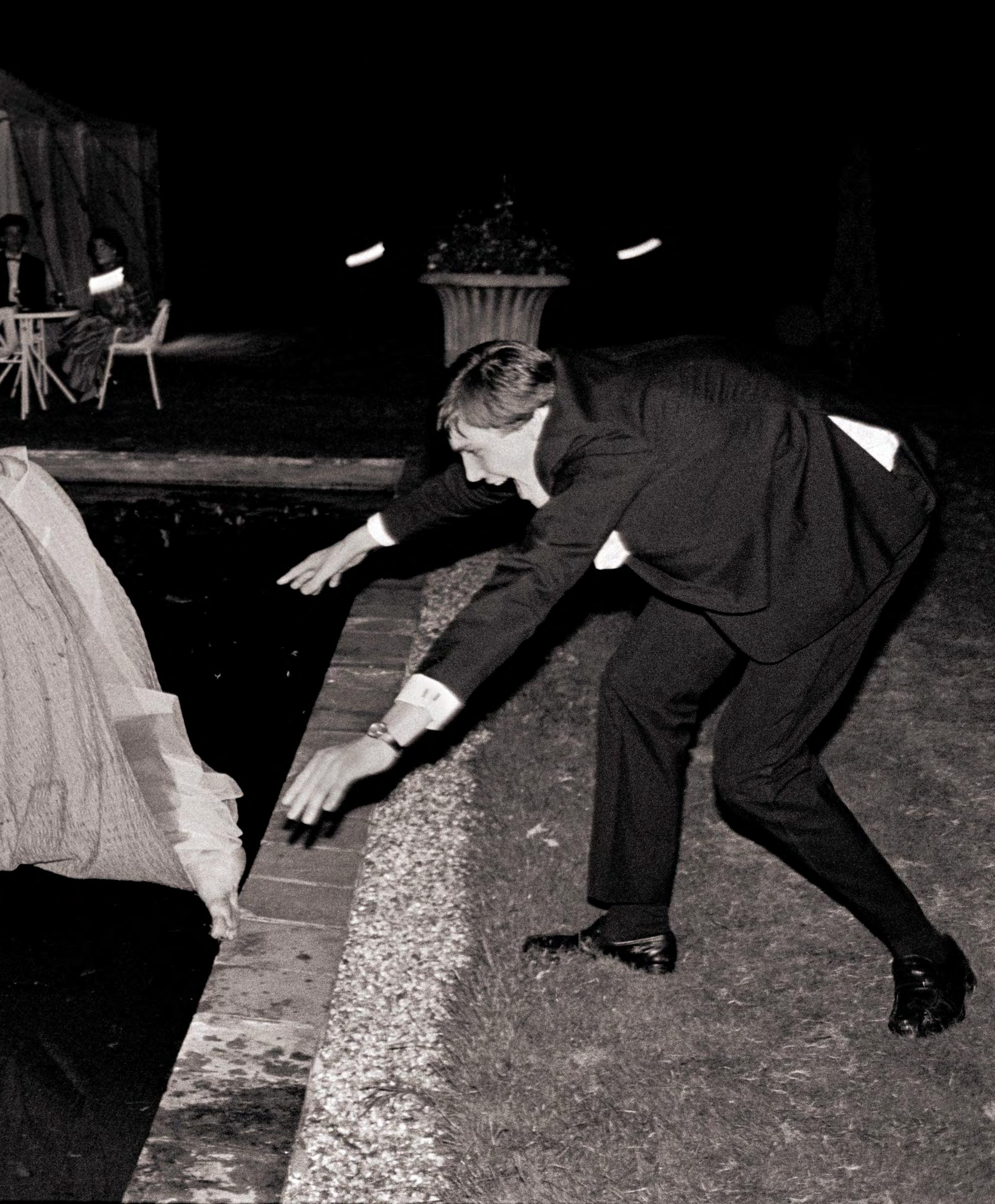




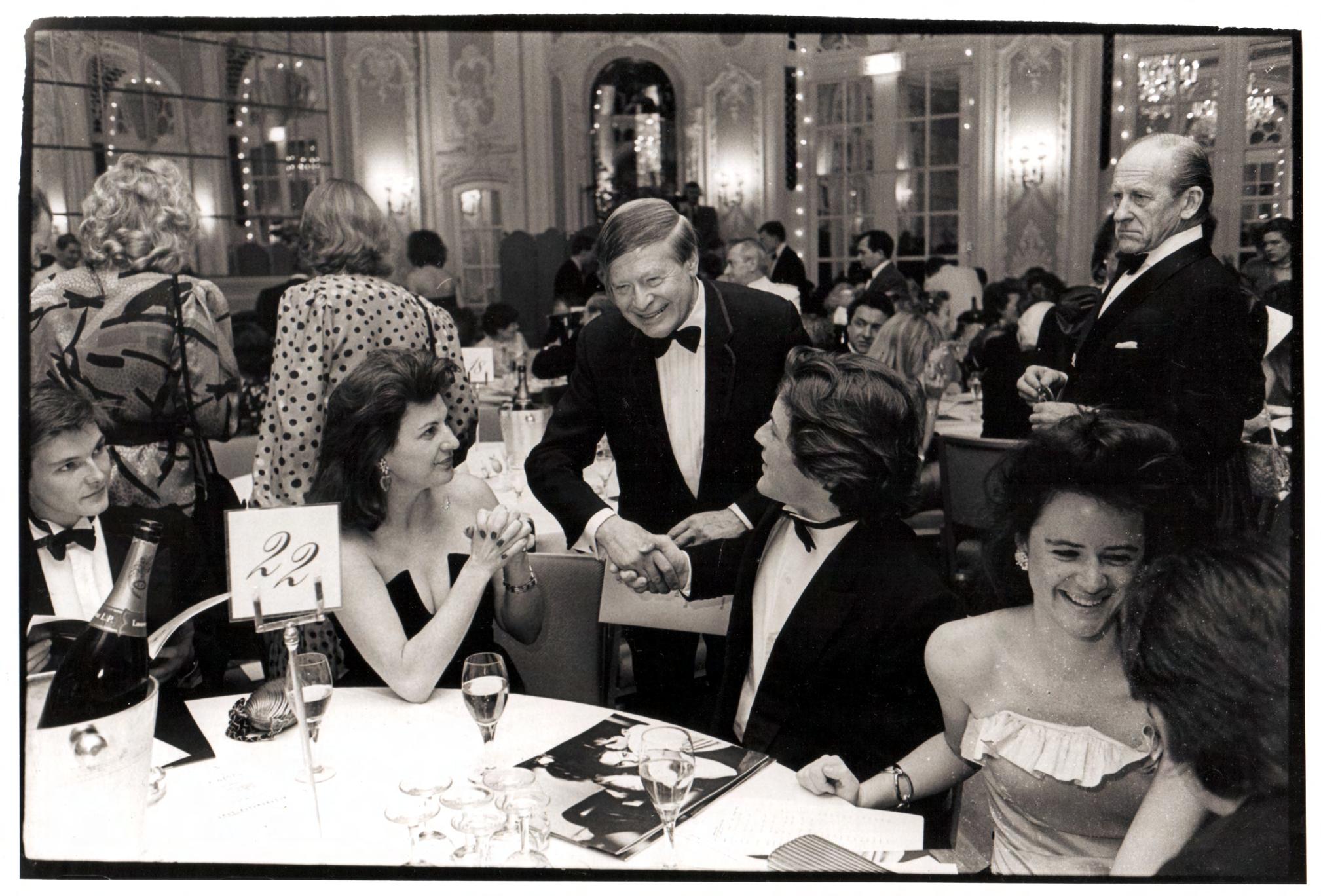
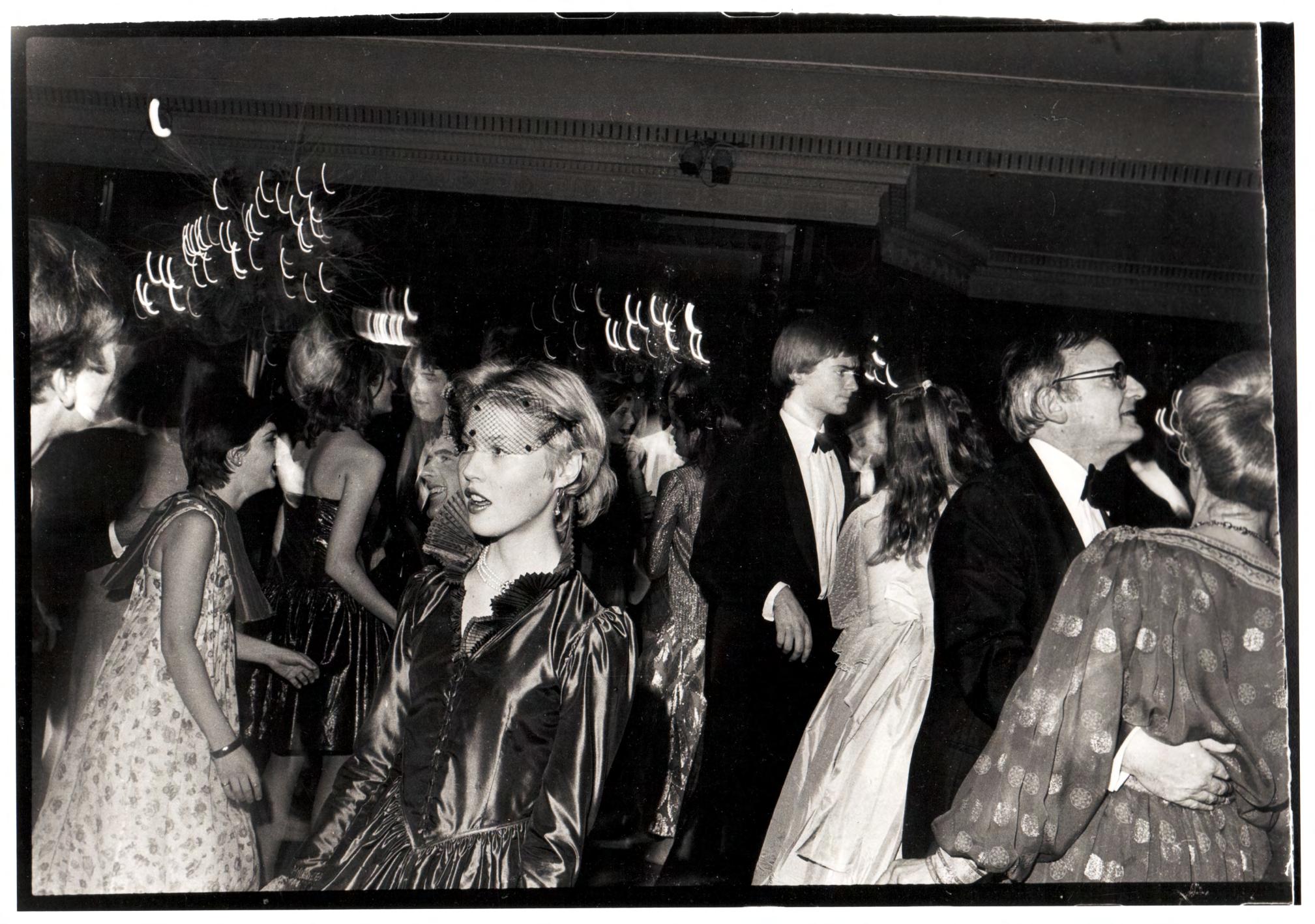
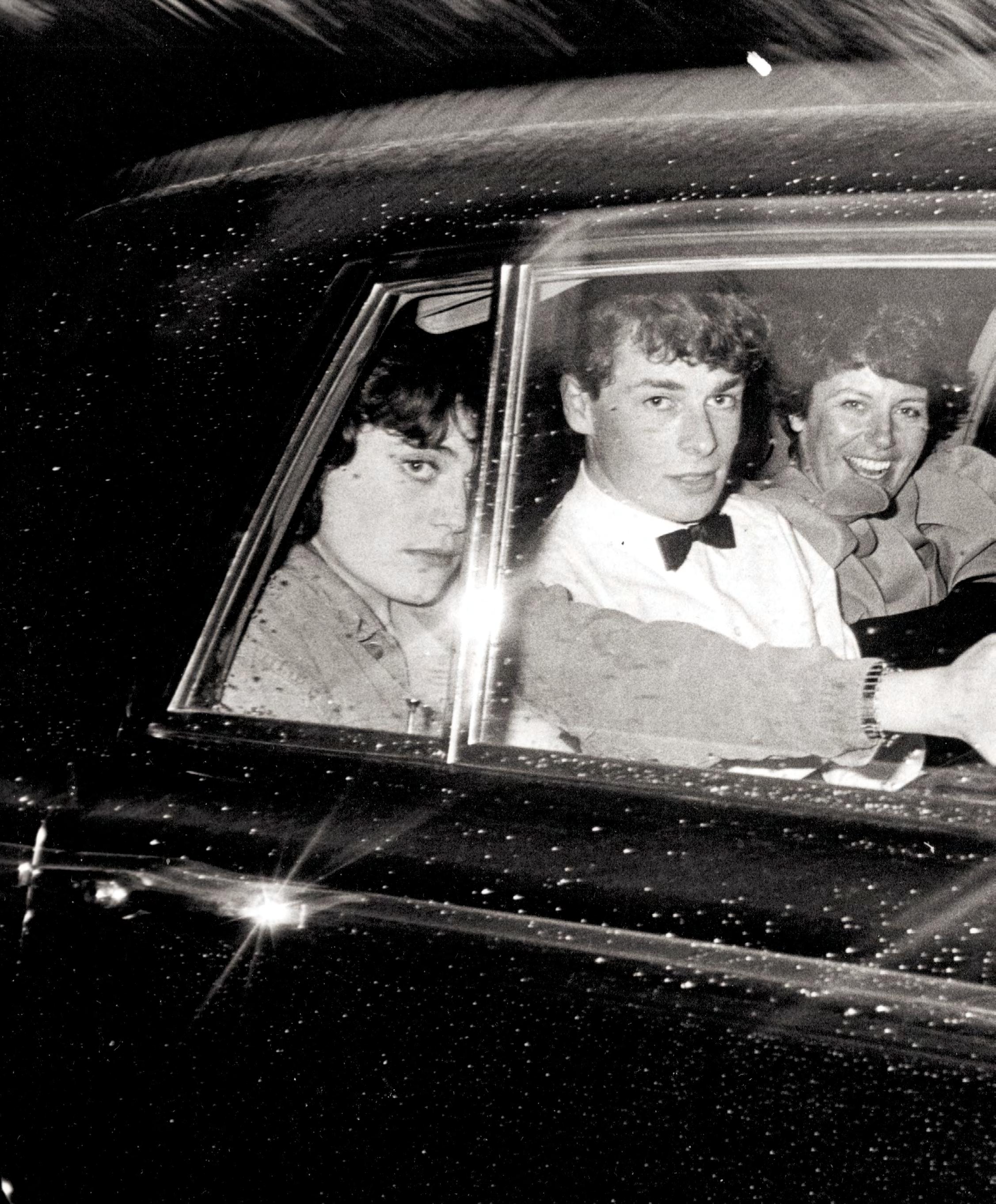


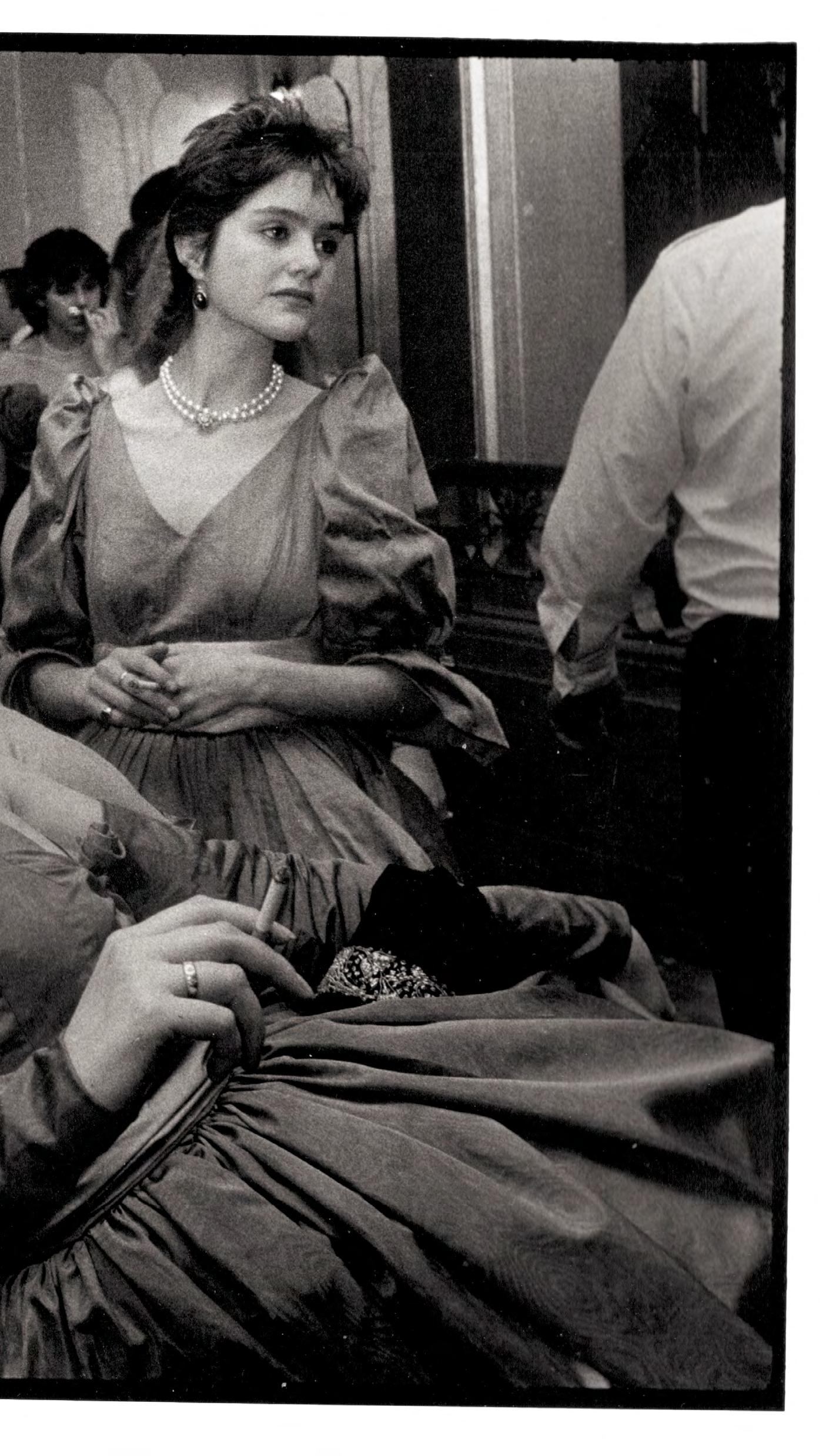

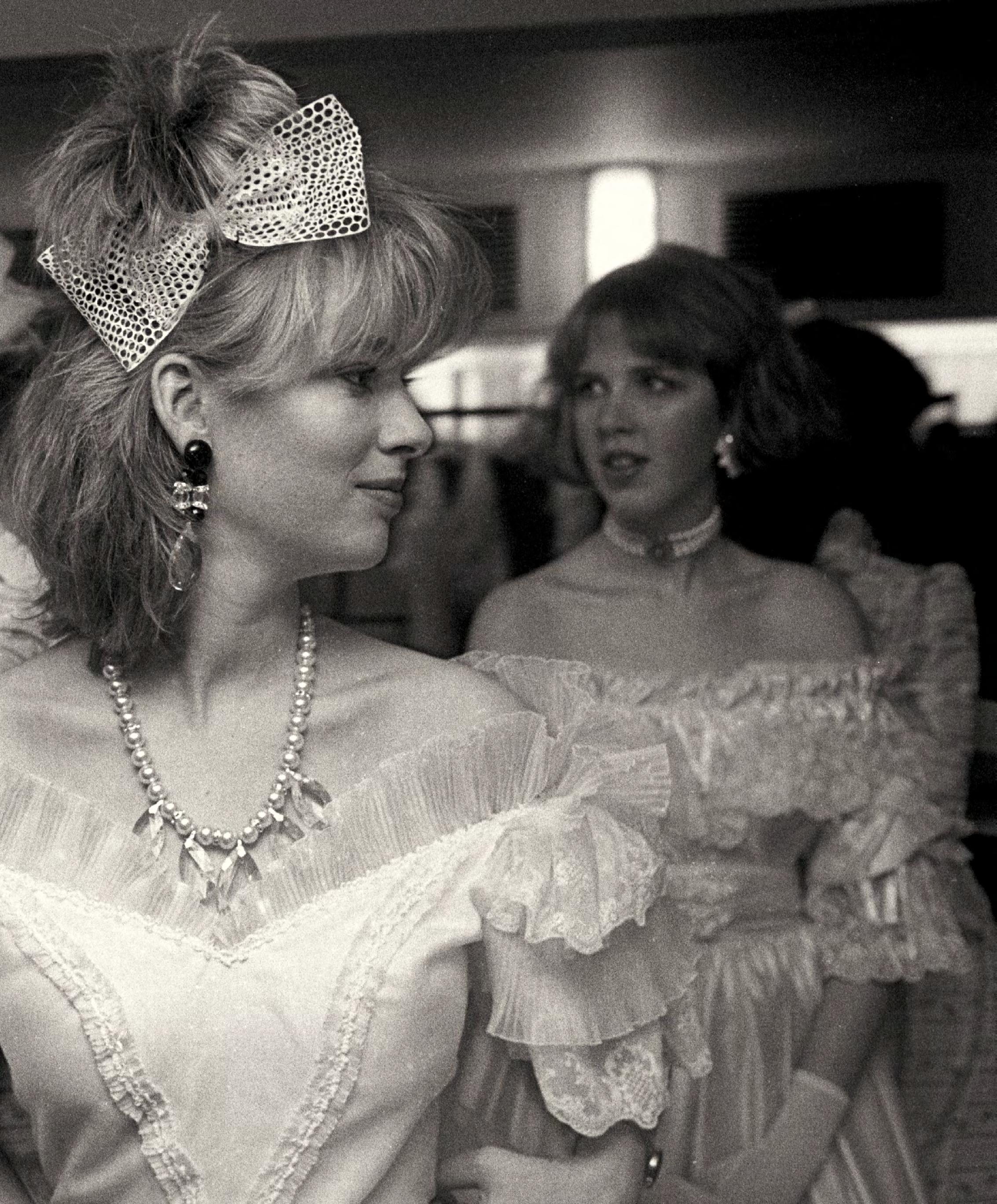

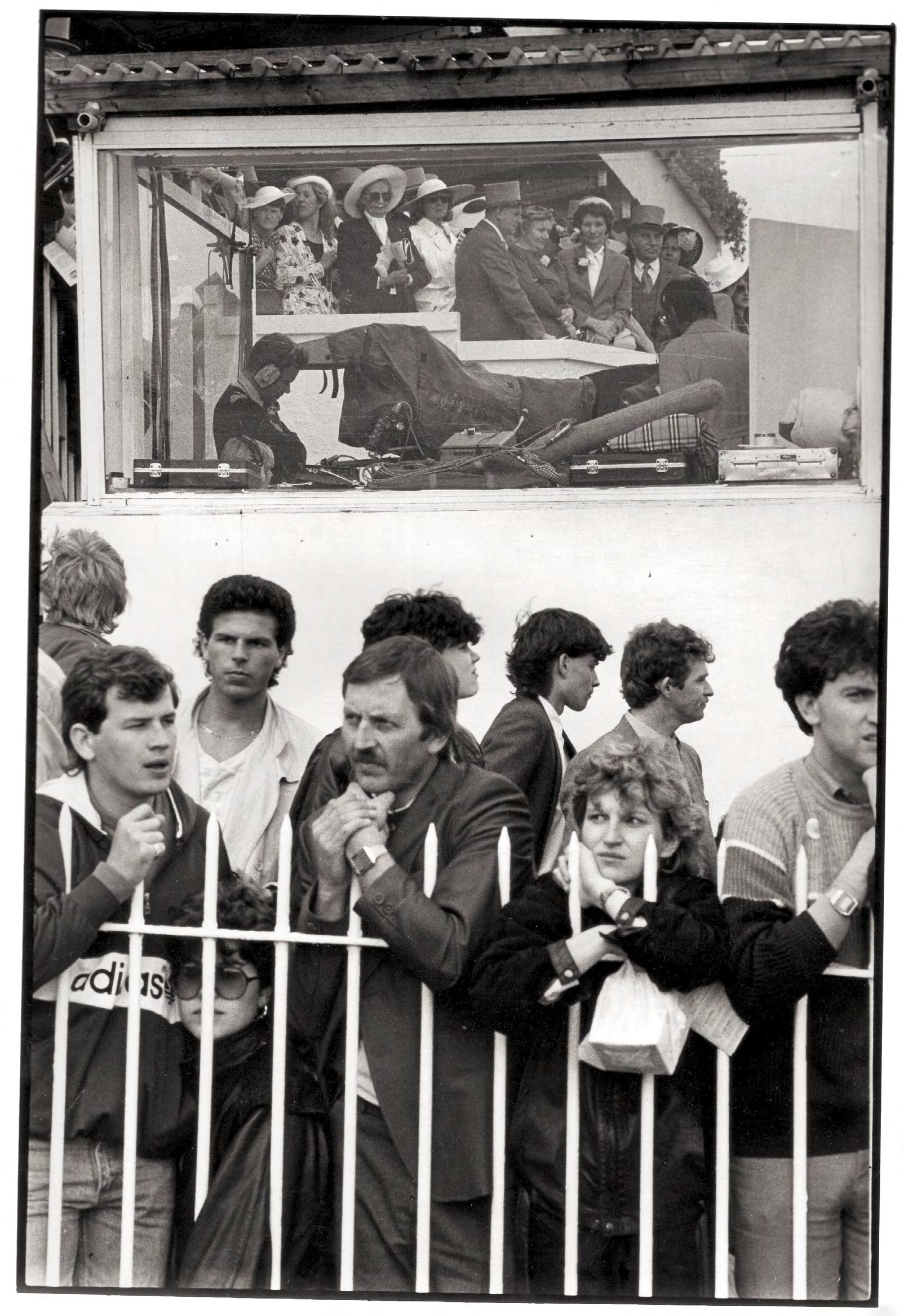

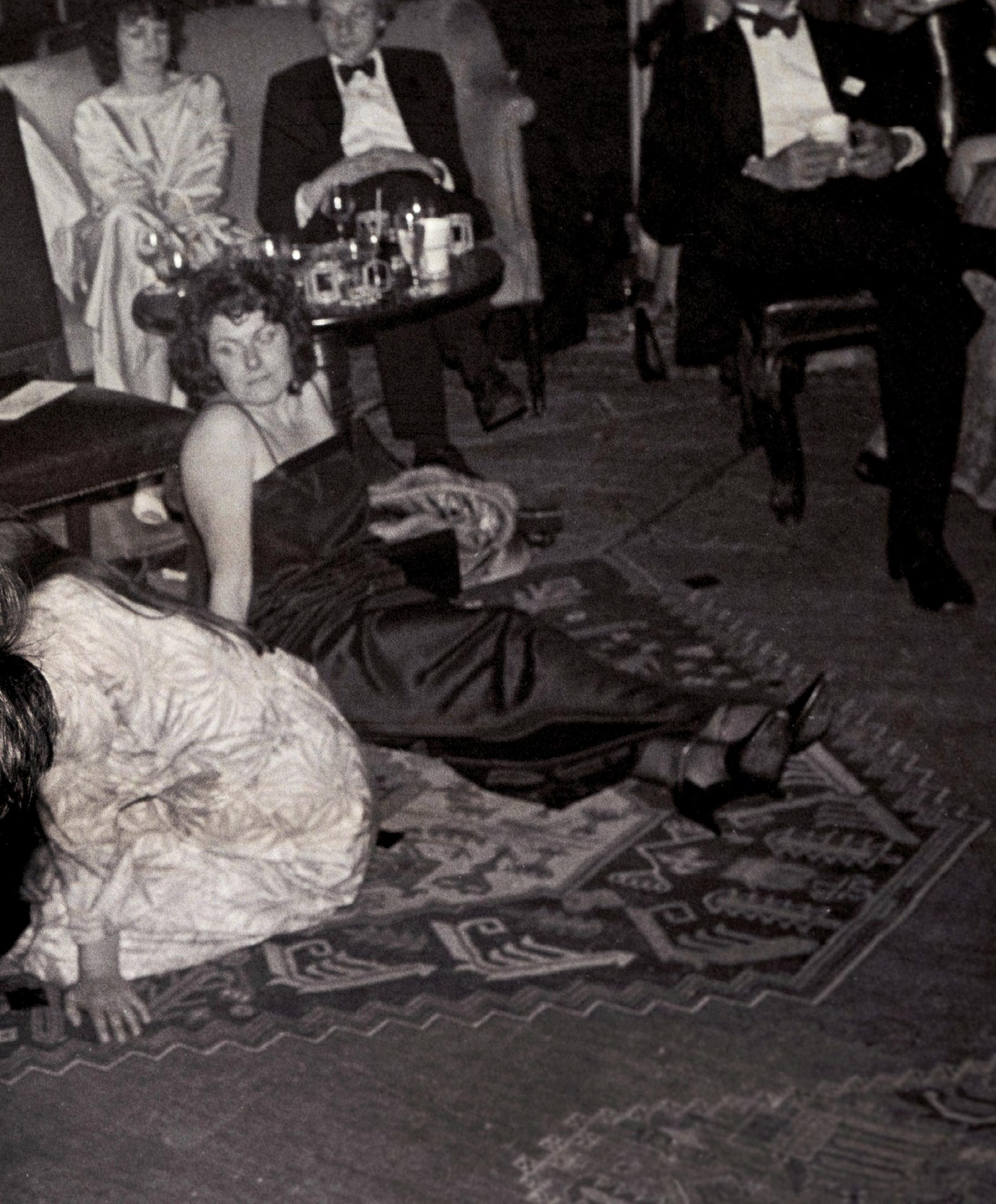
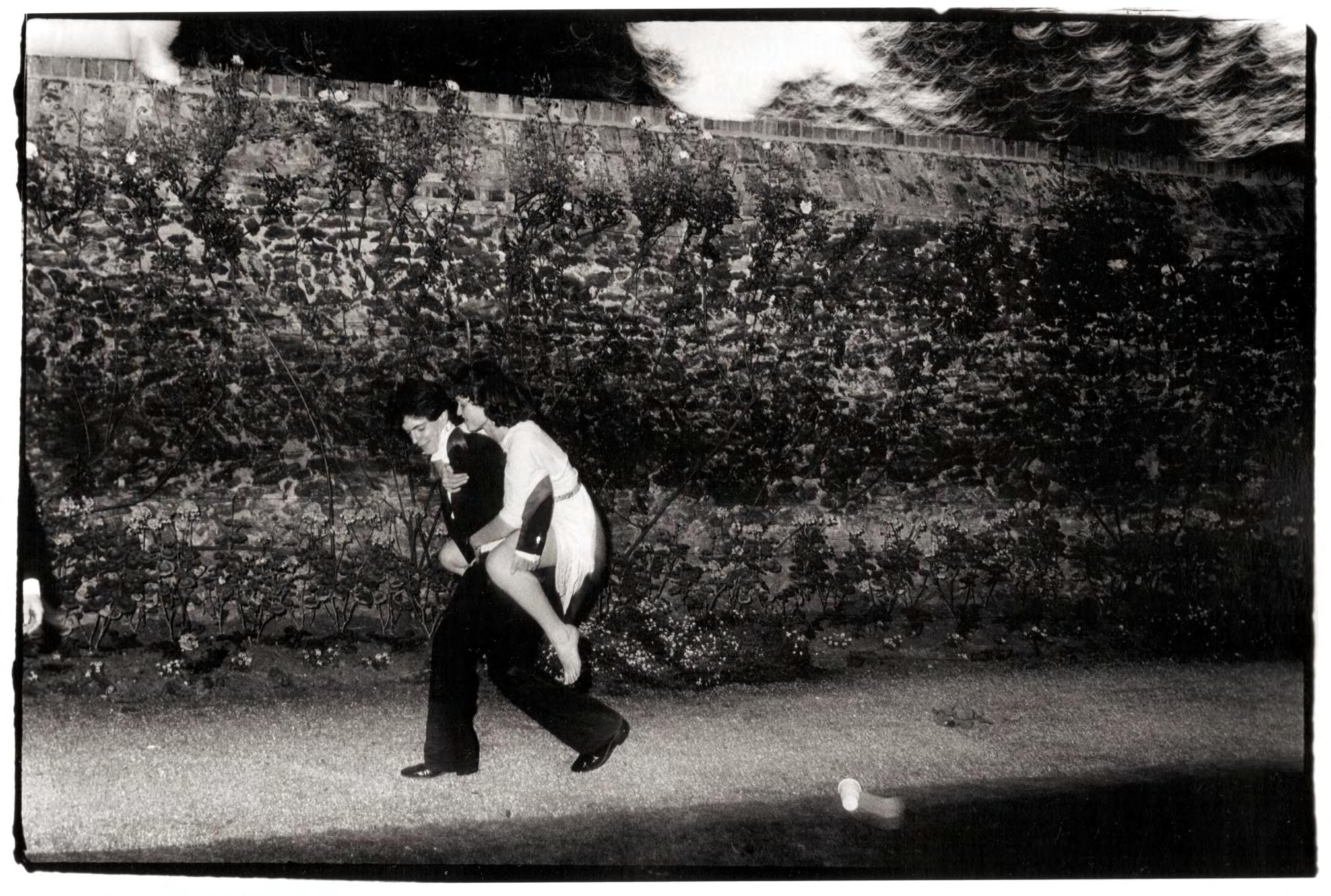
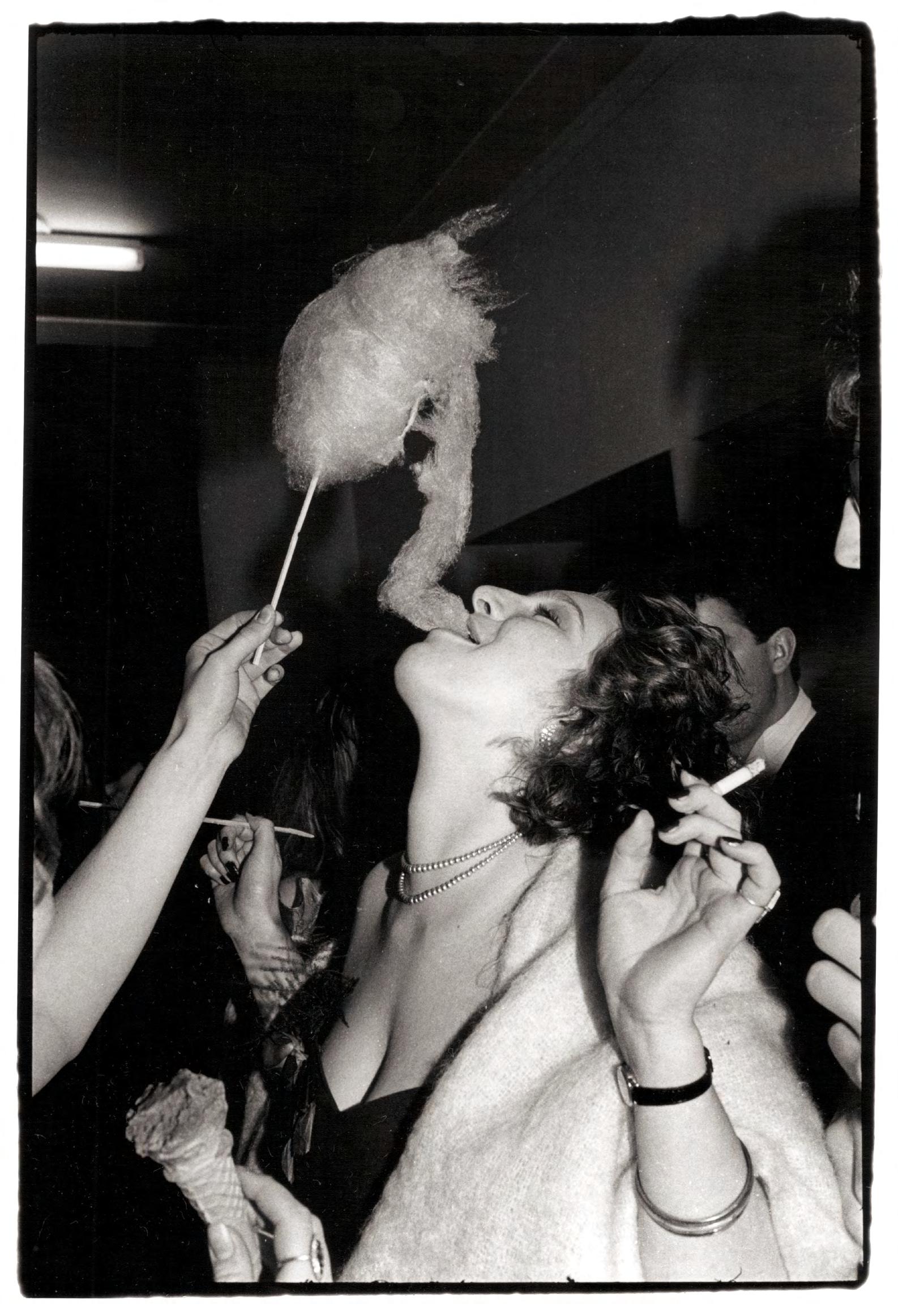


‘There is no one better at capturing moments of privileged pretension… Dafydd’s genius is to preserve something elegiac in the satire.’
Tina Brown, former editor-in-chief of TatlerIn 1981, Dafydd Jones was hired to photograph English high society for Tatler magazine. What resulted was an affectionate if somewhat irreverent portrait of the passing social seasons. With access to a secret garden of debutante dances, charity balls and Eton picnics, this follow-up to the critically acclaimed Oxford: The Last Hurrah masterfully captures the upper classes at their most riotous and their most vulnerable.

